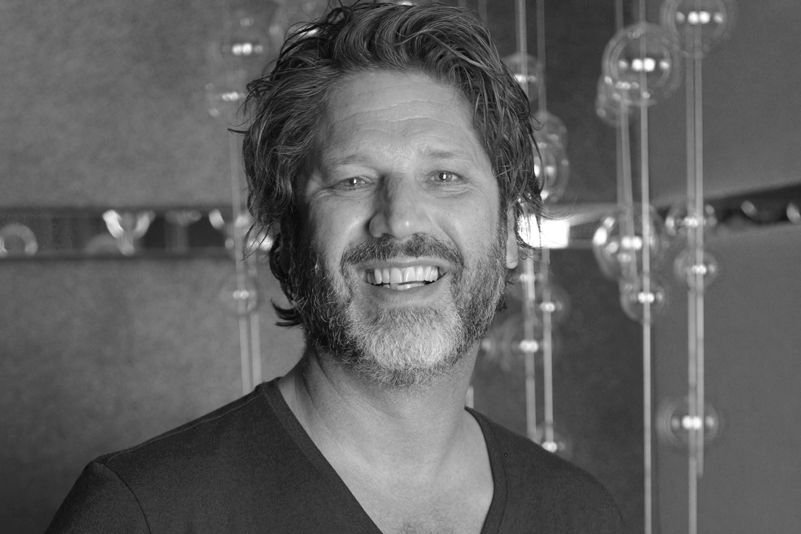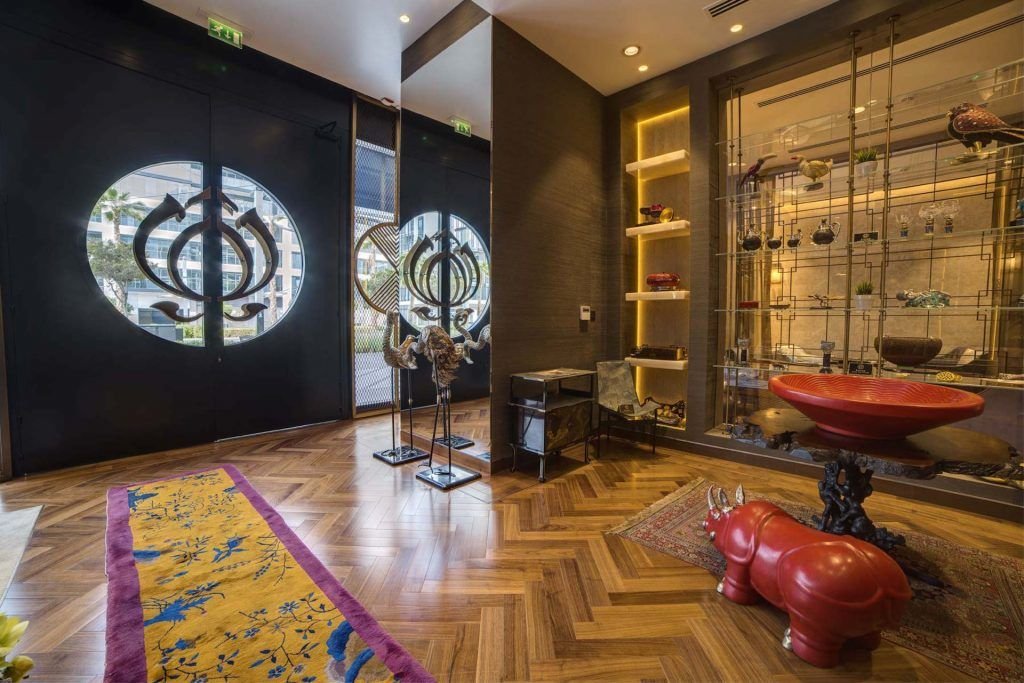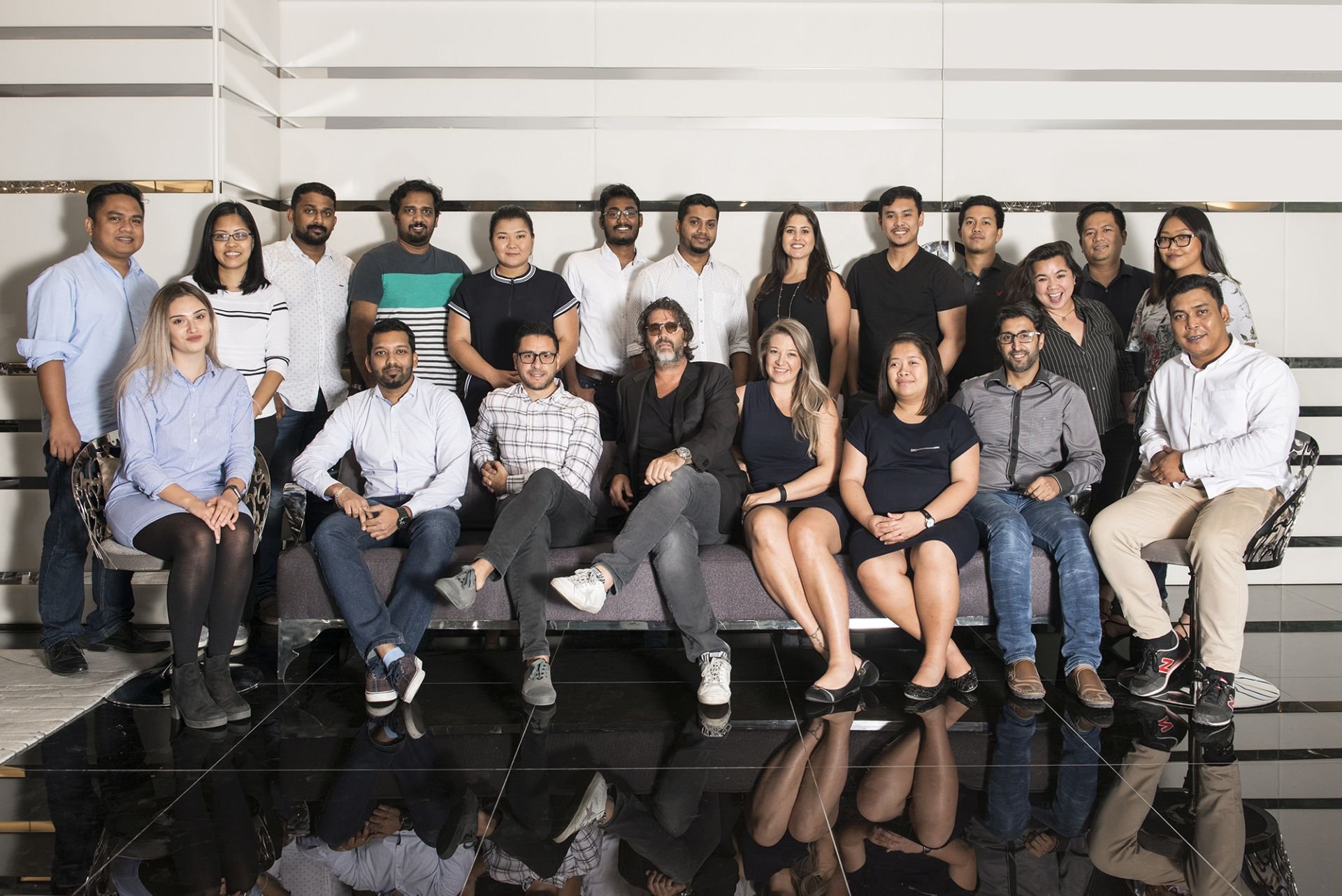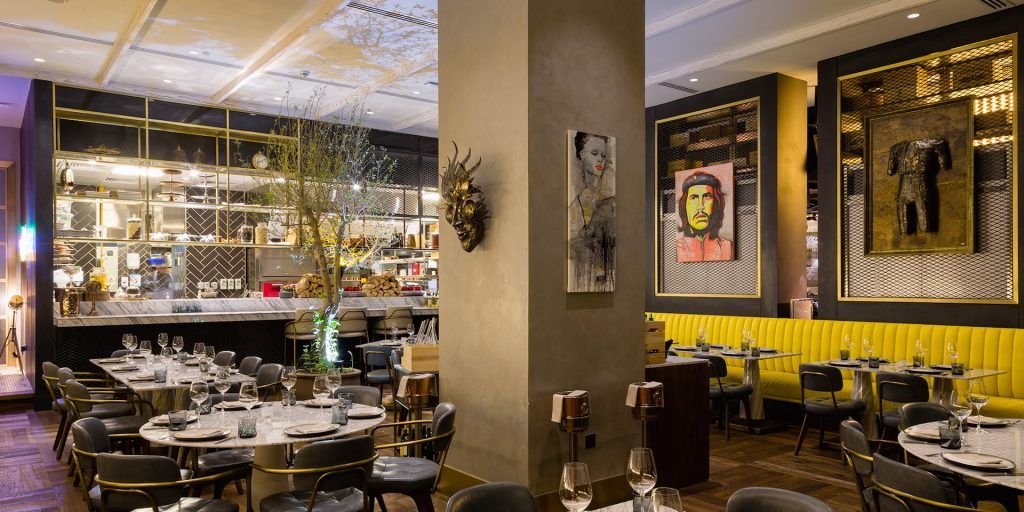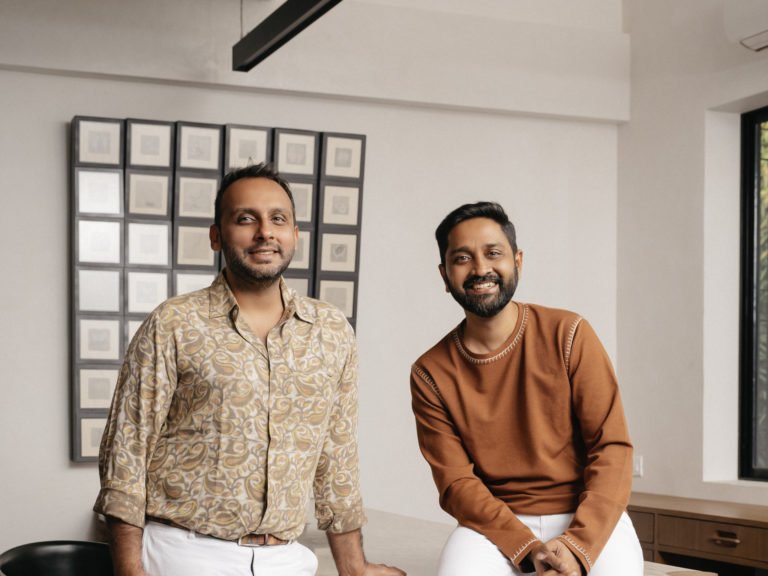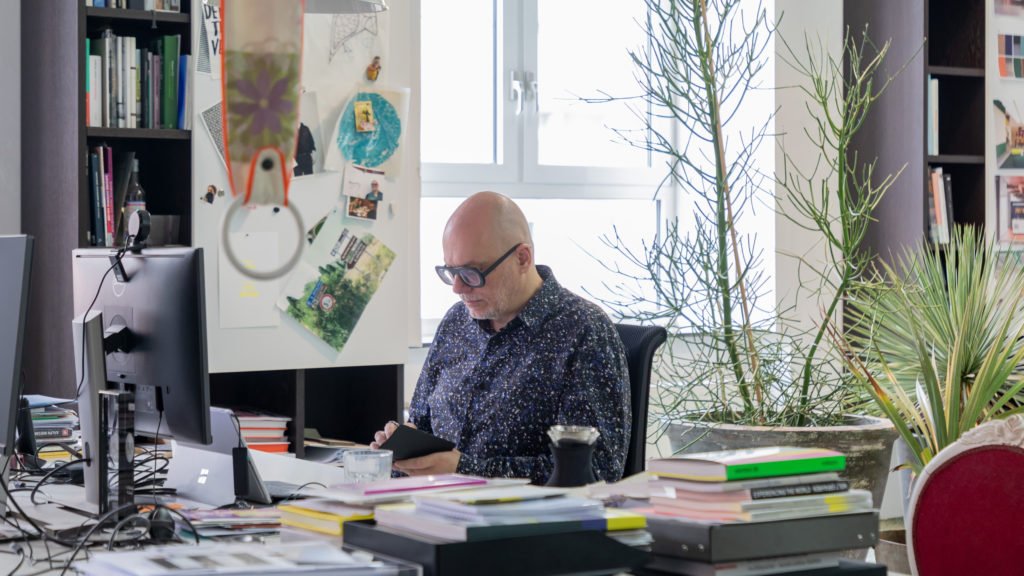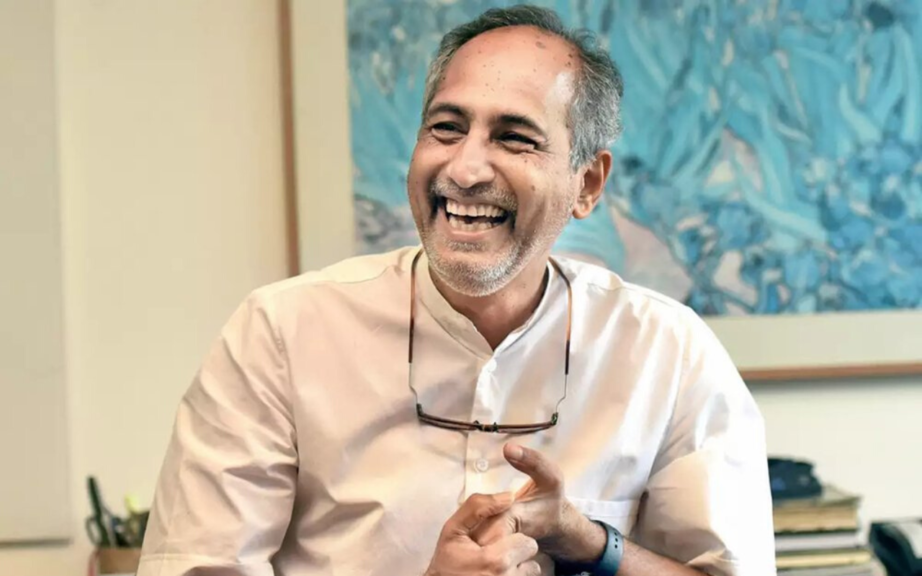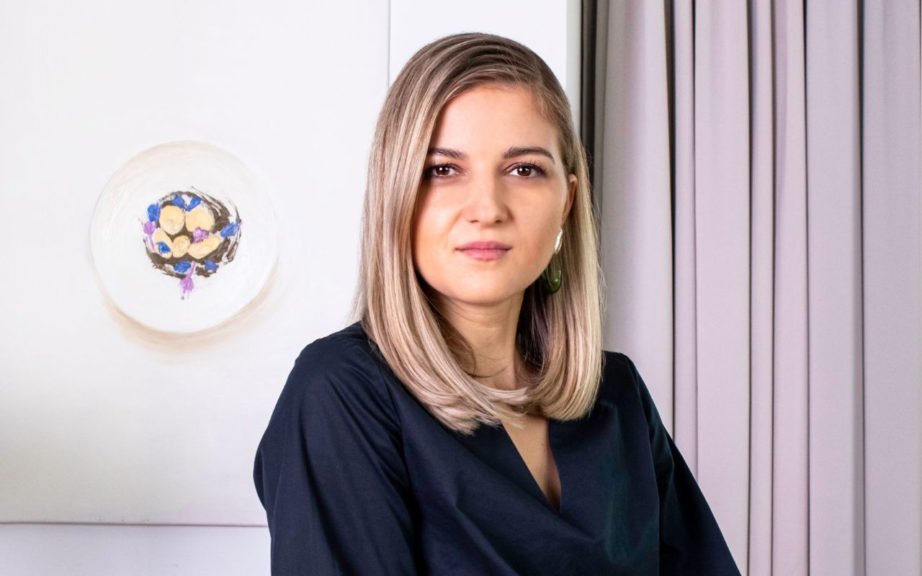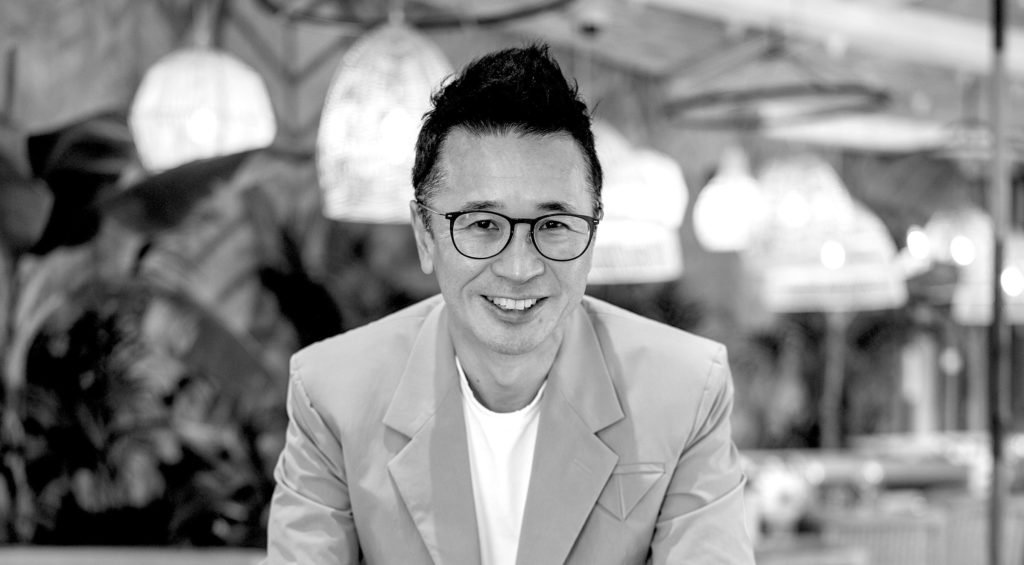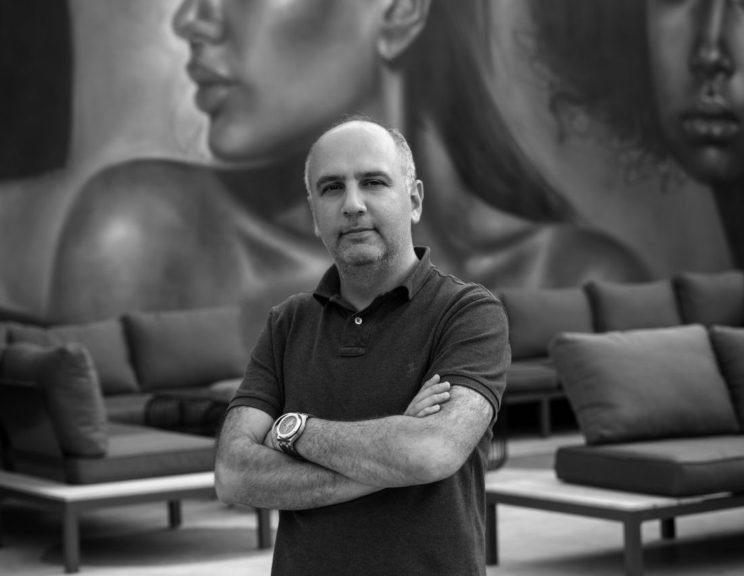Just uttering the name Bishop Design is enough to concoct vivid mental images of the high class, elegant and 5-star dining environments present at restaurants in the top tier of the Middle East’s F&B scene. The source of this creative magic comes from Paul Bishop, Founder & MD of Bishop Design LLC/Rogue. A seasoned interior designer, Paul’s ubiquitous influence in the hospitality design industry stems from a long list of successful projects; incredibly popular ones include Bazxar restaurant in DIFC and Katana Robata and Sushi Bar at Souk Al Bahar.
Interestingly, his foray into interior design began with a nascent interest in fashion. Following his decision to apply to the Brighton School of Art, Paul immersed himself in as many areas of design as possible; fashion, textiles, graphics, theater, furniture and product design with the aspiration of actually becoming a fashion designer. It wasn’t until he had found himself studying furniture and product design during his time at Kingston University that he felt himself leaning towards interior design. The shift he says, felt like a ‘natural evolution’.
We recently caught up with the man behind many of the truly spectacular dining experiences in Dubai, and got to chat about his life, inspirations, thoughts, and what’s in store for Bishop Design.

